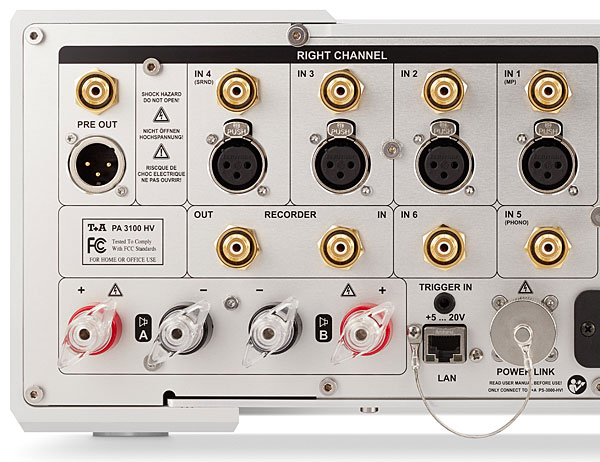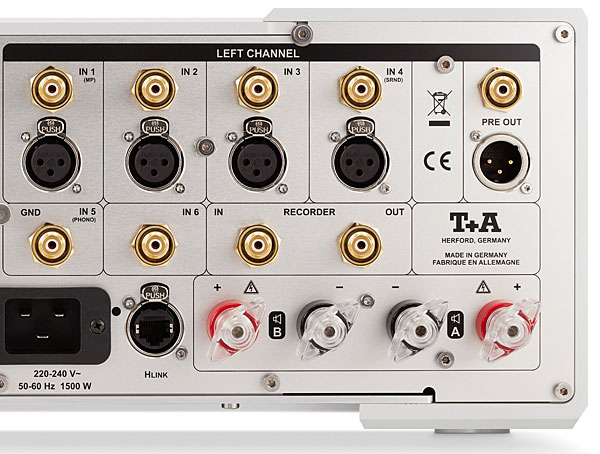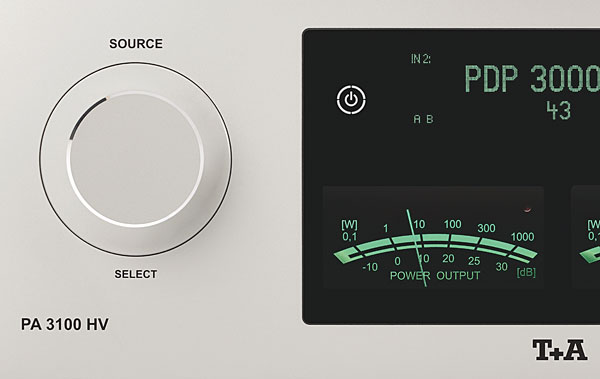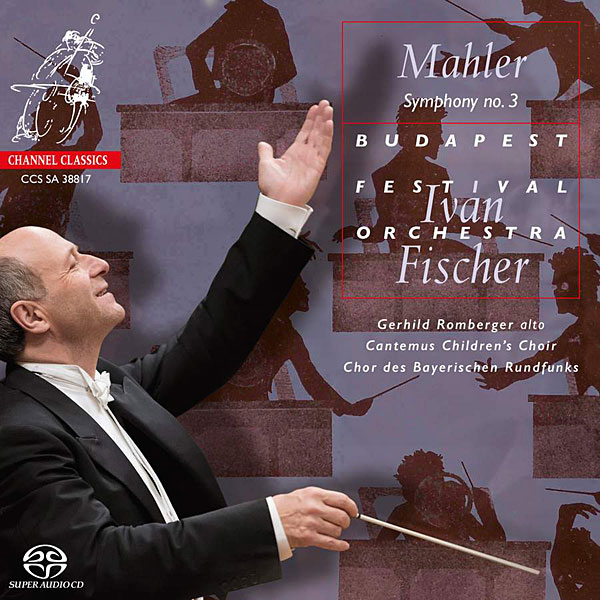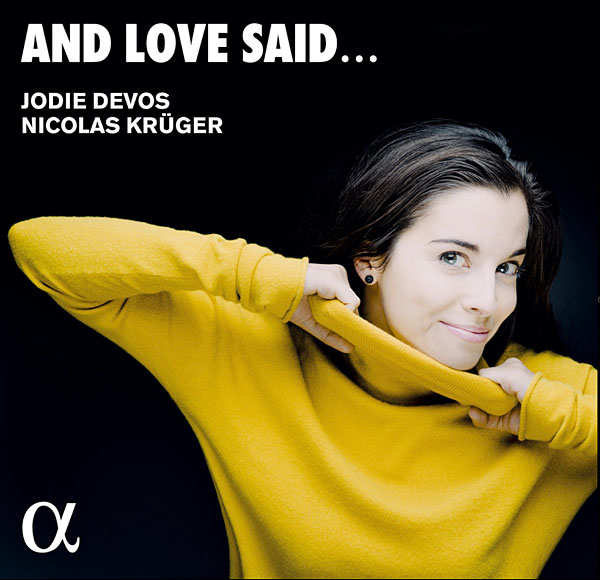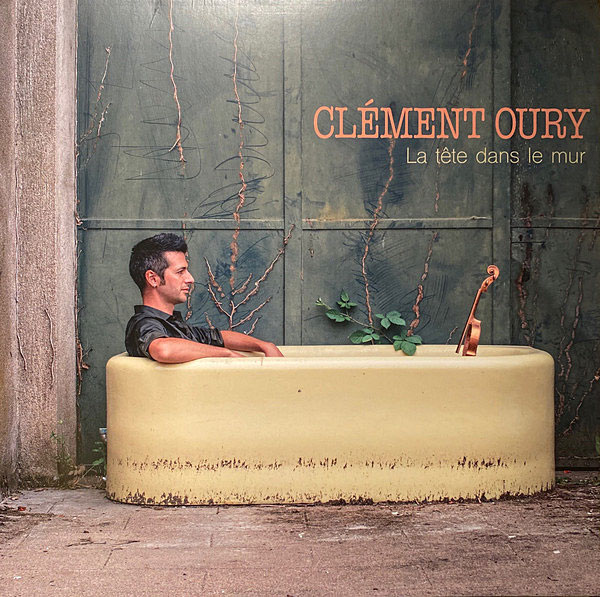| Columns Retired Columns & Blogs |
Really, all measurements done by JA are within the cited specs. Although THD could be lower from a technical point of view (at least for this price) IMHO it's not audible in most real world situations. I'm not so sure about the latter regarding IMD because IMD is not harmonically related.
It's a pity that the room EQ module was not included for review. It's probably the best investment one can do when buying it (at least I can say that I never had better sound in my living room than after using room EQ with my Classé Sigma SSP mk2) so testing it to see if enabling it has more advantages than disadvantages would have been important for many audiophiles.
